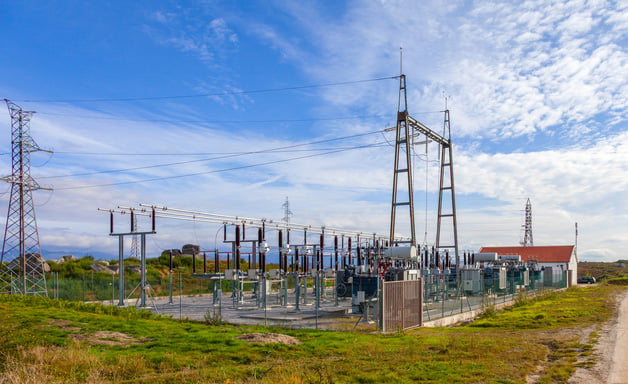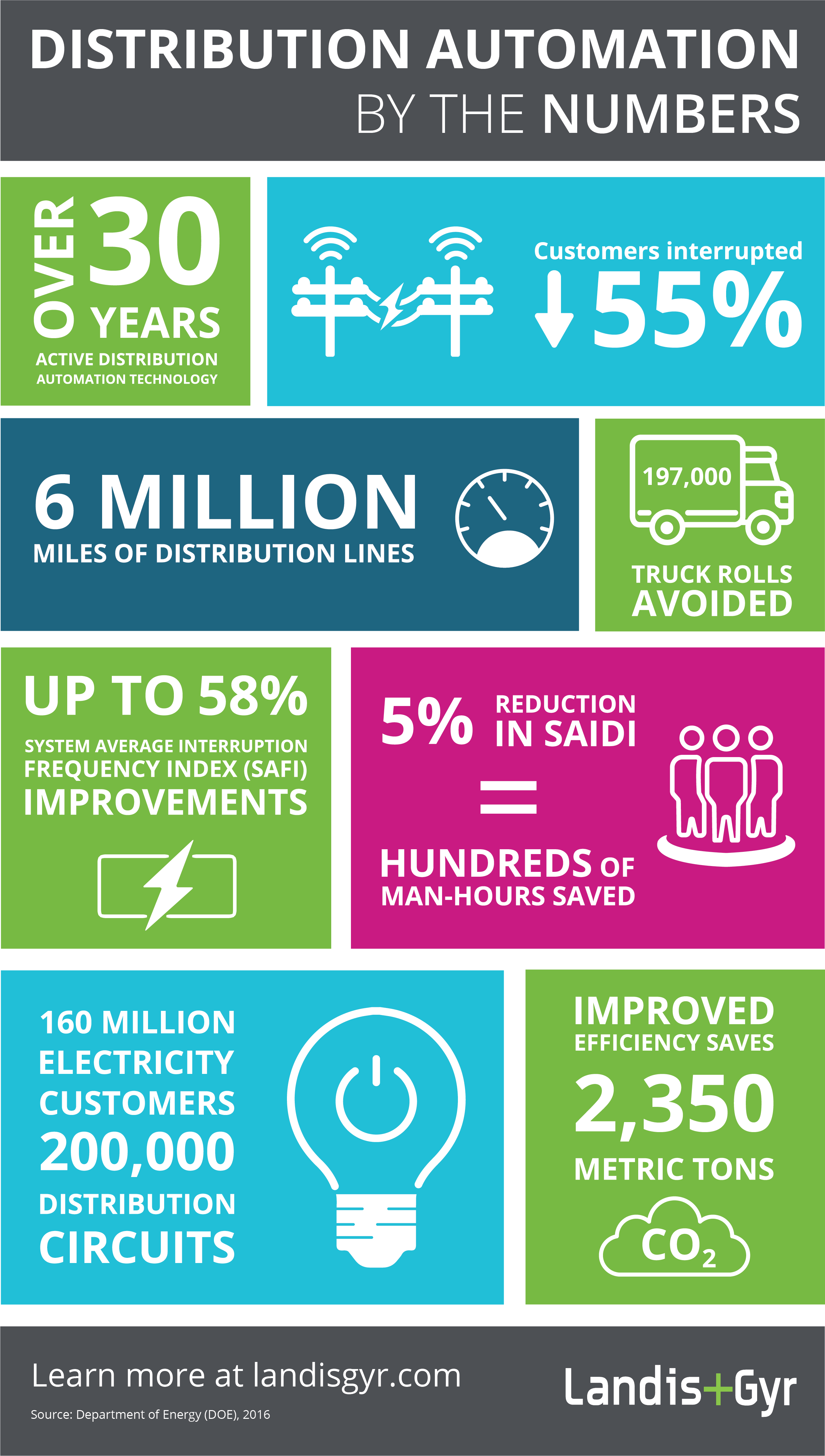As technology continues to evolve, so does the level of intelligence in utility devices and applications. These advances span the grid, from the system level down to the grid edge and can be broken down into three categories: the rise of distributed computing, layered decision making and improved automation from machine-to-machine communications. In this blog series, we will examine all three, beginning with a look at the increase in distrusted computing power on the grid.
Smarter, more capable endpoints
The computing power within sensors and smart meters continues to increase, adding not only to the amount and types of data utilities can access, but also the ability to store firmware and software applications that can change the function of the device.
In the past, utilities may have accessed data from a device 12 times a year. Now, certain devices are polled several times in an hour. From a grid maintenance point of view, this provides utilities with the ability to monitor asset health, load profiles and current demand on a continuous basis. As events occur, response times are much quicker and more precise.
While access to real-time data has led to significant operational improvements, there is more to be gained from the data below the surface. Improvements in machine learning will allow utilities to shift from a react and respond mode to a preventative mode. Data from indices on vegetation, ambient conditions, kVA loading, as well as historical data are just a few things that can be leveraged by machine learning algorithms to predict events likely to occur. Modeling makes multi-dimensional processing of this information much easier, and unlocks correlations not previously available.
The implications for grid management are many. Asset replacement can be done in a targeted way to pinpoint those most likely to fail first. Preventing a potential failure increases reliability, reduces resulting field service, and ensures each asset is utilized for as long as possible.
The data from intelligent devices assists planning in other ways. For instance, the ability to predict the impact of storms on the system helps utilities harden vulnerable points and improve response during and after the storm hits.
But more data isn’t the only benefit of the rise in distribution intelligence. Decentralizing the decision making to further automate the grid is the next step.
Coming soon, Advancements in Distribution Intelligence, Part 2 and 3.
Works Cited:
Trabish, H. (2016, Aug 24) No time to think: How utilities are handling the deluge of grid data. Retrieved from http://www.utilitydive.com
Spark cognition (2017, Aug) Artificial Intelligence and the Internet of Energy. Retrieved from http://www.ourenergypolicy.org
Wolfe, F. (2017, Aug 28) How Artificial Intelligence will revolutionize the energy industry. Retrieved from http://www.harvard.edu
Office of Electricity Delivery and Energy Reliability. (2016, Sept) Results from the Smart Grid Investment Grant Program. Retrieved from http://www.energy.gov
Navigant (2016, Q3) Navigating the energy transformation. Retrieved from http://www.navigant.com
Ahmad, W. (2012, Dec) Sustainability through Smart Grid Distribution Automation Solutions.








-001.jpg)
.jpg)




Leave a comment